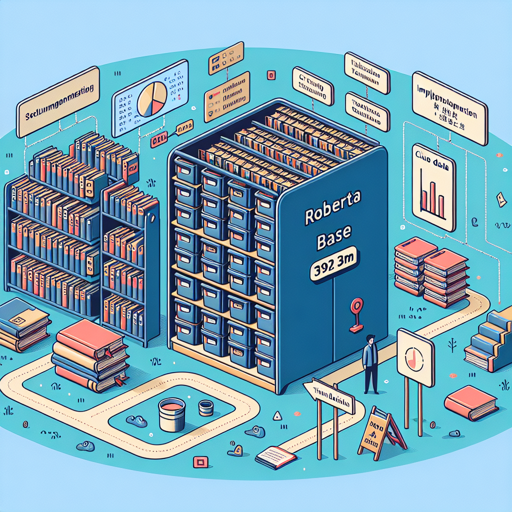Are you interested in utilizing the RoBERTa Chinese Base model for your own projects? Look no further! This guide will walk you through everything you need to get started with setting up and implementing the model, as well as some tips for troubleshooting along the way.
Overview of RoBERTa Chinese Base
- Language model: roberta-base
- Model size: 392M
- Language: Chinese
- Training data: CLUECorpusSmall
- Eval data: CLUE dataset
Getting Results
To see results on downstream tasks like text classification, you can refer to the repository specifically devoted to this purpose.
Usage Instructions
The usage of the RoBERTa Chinese Base model comes with a very important note: you need to call the BertTokenizer instead of the RobertaTokenizer! Below is a simple example of how to implement this:
import torch
from transformers import BertTokenizer, BertModel
tokenizer = BertTokenizer.from_pretrained("clue/roberta_chinese_base")
roberta = BertModel.from_pretrained("clue/roberta_chinese_base")Understanding the Code
Think of implementing the RoBERTa Chinese Base model like preparing a dish with all the right ingredients. Here’s how the code resembles our cooking analogy:
- Ingredients: The imports (
torchandfrom transformers import BertTokenizer, BertModel) are like gathering essential spices that enhance the flavor of your dish. - Preparation: The lines
tokenizer = BertTokenizer.from_pretrained("clue/roberta_chinese_base")androberta = BertModel.from_pretrained("clue/roberta_chinese_base")set up your main ingredients – in this case, the tokenizer and the model, akin to chopping fresh veggies and marinating your meat.
Once you’ve got your ingredients prepped, you can now throw everything in the pot and let it simmer – or, in this case, run your model!
About CLUE Benchmark
CLUE stands for the Organization of Language Understanding Evaluation benchmark for Chinese. It includes a variety of tasks and datasets, baselines, pre-trained Chinese models, corpus, and leaderboard. For more details, you can visit their GitHub or the official website.
Troubleshooting Tips
If you encounter any issues while implementing the RoBERTa Chinese Base model, here are a few troubleshooting ideas to consider:
- Ensure you’ve installed all the required libraries with the proper versions, as outdated libraries may cause compatibility issues.
- If the tokenizer or model doesn’t load correctly, double-check the path you are using – a simple typographical error may lead to problems.
- Check your internet connection; model files are often fetched from online repositories, and a weak connection can hinder this process.
- If you run into memory errors, consider optimizing your batch size or using a machine with higher specifications.
For more insights, updates, or to collaborate on AI development projects, stay connected with fxis.ai.
Conclusion
With this guide at your disposal, you should be well-equipped to implement the RoBERTa Chinese Base model effectively. Remember, every project is a learning experience – don’t hesitate to experiment and innovate! At fxis.ai, we believe that such advancements are crucial for the future of AI, as they enable more comprehensive and effective solutions. Our team is continually exploring new methodologies to push the envelope in artificial intelligence, ensuring that our clients benefit from the latest technological innovations.

